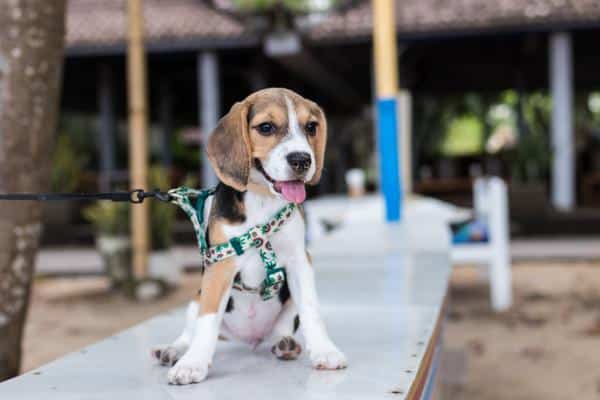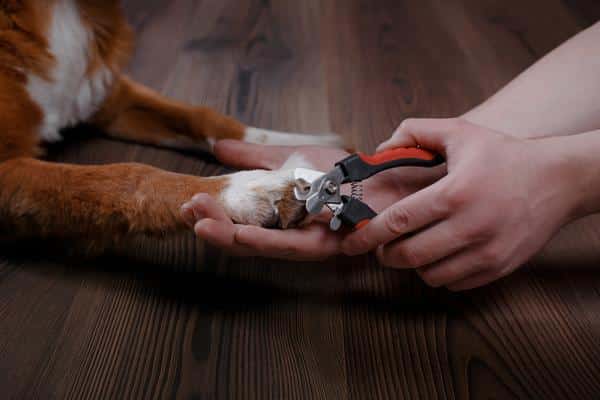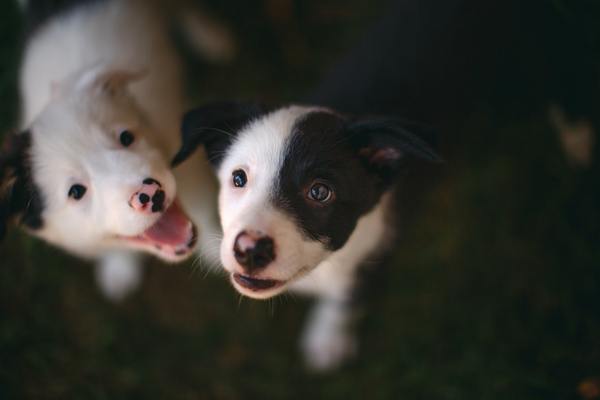You Might Call Her Your “Fur Baby,” But Taking Care Of A Dog Is A Little Different From Having A Kid.
Learn how to take care of a dog so your furry friend sticks around for years to come.
Whether you’ve owned a few dogs over your lifetime or you’re a newbie, refreshing your knowledge of current dog care is always a good idea when you add another member to your pack.
Having a dog become a part of your family should not be taken lightly. In many ways, they require the same level of care as a baby. But this doesn’t mean you can take care of them the same way.
Dogs have a unique set of needs that must be met if they are to stay happy and healthy. Read on for your Dog Care 101 crash course and discover how to take care of a dog.
Veterinary Care
Establishing a vet relationship is key to your dog’s health. Much like a primary care physician for humans, having a vet can help your dog live a long and healthy life.
Find a vet that provides an array of services and someone that will make both you and your dog feel comfortable. Make sure the office looks clean and that they treat your dog with TLC. You never want a vet who is rough with your dog or seems annoyed by your questions.
Read reviews, ask for recommendations, and interview a few doctors before settling on one. Make sure to ask for their stance on vaccines and flea/tick/heartworm prevention medications.
Feeding
You know your dog needs to eat. But don’t just pick up a bag of kibble and call it a day. Nutrition plays a huge role in your dog’s behavior, mood, and health, so it’s crucial that you look for a quality, well-balanced diet for your new pet. (This goes for snacks, too!)
At Rick’s Dog Deli, our meal formulations have been developed with your dog’s optimal nutrition in mind, then flash frozen to lock in the nutrients and flavor. We even have Therapeutic Meals to alleviate the symptoms of certain conditions, such as allergies and kidney disease.
But even if you pick the healthiest meal on the planet, your dog can have too much of a good thing. Feed your dog on a schedule to be sure he doesn’t overeat and give the right amount of food for their weight, age, and caloric needs.
If you’re feeding your dog Rick’s Dog Deli meals, our handy Feeding Chart will give you a good idea of how much much to serve per day. Otherwise, ask your vet for your dog’s recommended calorie intake and pay attention to this when you dish out their food.
Leash/Harness
You and your pup will be going on a lot of walks in the future, so invest in a good quality leash and harness.
“Wait, why do I need a harness? Can’t I just clip the leash to the collar?”
Most veterinarians recommend getting a harness that clips around your dog’s midsection. Traditional collars can put too much pressure on your dog’s wind pipe, causing inflammation or damage.
Most harnesses are based on your dog’s measurements and weight. It’s best to look up how to measure a dog for a harness and then go to a pet store to find that size. That way you can try them on your dog before purchasing.
Grooming
Proper grooming and hygiene isn’t just about getting rid of that “dog smell,” it’s incredibly important for a dog’s long-term health and well-being.
Dogs should get a bath every 1-2 months, unless they are very smelly or dirty. (However, this number may need to be adjusted depending on their coat and skin condition.) Use a dog shampoo that has been specially formulated for your dog’s breed and fur texture. If you don’t have the space (or inclination) to do this yourself, taking them to a groomer is a great option. Plus, you have plenty of options throughout Central Florida—whether you’re in Lake Mary or Bay Hill.
Your dog’s dental care is extremely important too. And no, kibble is not a substitute for brushing their teeth!
You should be using a dog-friendly toothpaste with a toothbrush (dog-specific ones are available, but not necessary) about once a week to scrub away food particles and plaque. This will ensure that your dog can keep his teeth in to a ripe old age.
In the wild, a dog’s nails are useful for hunting, digging, and other activities. But when your dog is living a good life indoors, it’s a lot easier for nails to get too long, which can cause difficulty walking.
If your dog’s nails have grown very long, it’s best to only trim off a small amount at a time. Otherwise, you risk cutting the quick (a blood vessel/nerve inside the nail). After about a week, you can trim off another small amount until you reach the desired length.
If your dog hates having his nails trimmed, you can try filing them every few days.
House Training
House training a dog brings up a lot of the same emotions as potty training a toddler. “Will this process take forever? Will my house be ruined? What did I get myself into?”
Fear not! House training isn’t all that bad.
Whether you’re welcoming a puppy or a senior dog, it’s important to start a house training routine immediately so the rules are set. Stick to your guns and your dog will eventually learn what to expect.
Socialization
As you’re taking care of their physical needs, don’t forget about the important role that socialization plays in your dog’s life.
Just like their wolf ancestors, dogs are pack animals. In fact, it’s this very trait that has made them such faithful companions for millennia.
While your dog sees you and your family as “pack members,” it’s important for them to be around other dogs as well. Take your pup to a dog park (Lake Nona has some great ones!) or set up some play dates with friends and neighbors so they can get to know someone from their own species.
This is especially important for puppies, as too little socialization (with either humans or animals) can lead to some negative behavior in the future.
Conclusion
Once you have the basics in place, knowing how to take care of a dog is a lot easier than it might seem at first glance.
Dogs may not be the same as babies, but they can both benefit from having a routine. When your dog knows what to expect, s/he will learn to relax and accept you as a member of their “pack.”




